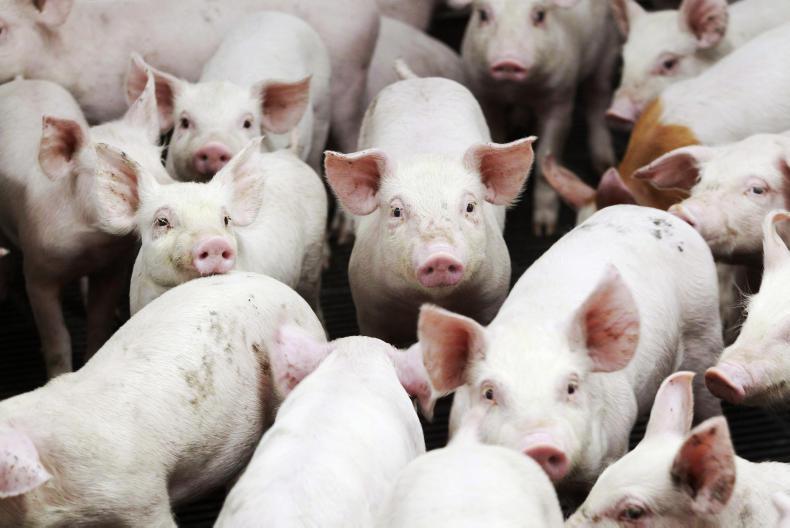Thirteen countries are now dealing with outbreaks of African swine fever, the World Animal Health Organisation (OIE) said in its most recent report on the disease. This includes eight in Europe – Belgium, Hungary, Latvia, Moldova, Poland, Romania, Russia and Ukraine.
Four countries in Asia are affected: China, Hong Kong, Korea and Vietnam while the 13th country affected is South Africa.
The total number of outbreaks now ongoing is 4,059, of which 163 emerged in the latest period covering 24 May to 6 June.
In this two-week period, a total of 20,177 pigs were either culled or died due to the disease, the OIE report says. These are losses on intensive pig farms and in smaller backyard piggeries.
Over half of these losses – 10,515 head – were in Europe, with 9,721 of those in Poland. In Asia, the majority of losses were in Vietnam, at 5,162 pigs and Hong Kong at 4,159.
China’s pig farmers afraid to restock
The recovery of China’s pig population could take years, according to Rabobank's latest update on African swine fever. Farmers there will be hesitant to restock their farms as they are afraid that the virus will strike again. In addition, there will be a scarcity of breeding animals.
Rabobank expects that Vietnam and Cambodia will also be affected strongly by the disease. Pig production methods in these countries are similar to those in China and therefore have strong veterinary risks.
China will soon increase meat imports further, it says. Consumption of poultry, beef and fish will increase there, influencing consumption patterns elsewhere in the world.
Exporting areas such as the EU, the US, Canada and Brazil will profit the most from the increased demand for meat. Worldwide, this will mean that the prices for animal protein will rise and on the short term and prices will fluctuate strongly.
A production reduction of 30% in China would be comparable to one year’s production across the whole of Europe.






 This is a subscriber-only article
This is a subscriber-only article








SHARING OPTIONS: